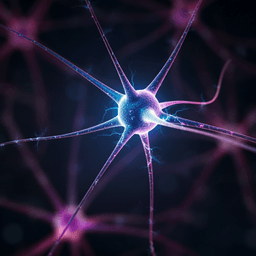
Psychology
Unravelling the Enigma: How Behavioural Addictions Alter the Developing Child Brain?
M. K. Pandey, K. Kumar, et al.
This intriguing research conducted by Manoj K Pandey, Krishan Kumar, and Akshay Anand delves into the effects of behavioral addictions on a child's developing brain. With concerns over screen time, social issues, and potential harm from smartphone radiation, the study emphasizes the urgent need for robust research and parental guidance in fostering healthier digital habits.
~3 min • Beginner • English
Related Publications
Explore these studies to deepen your understanding of the subject.







